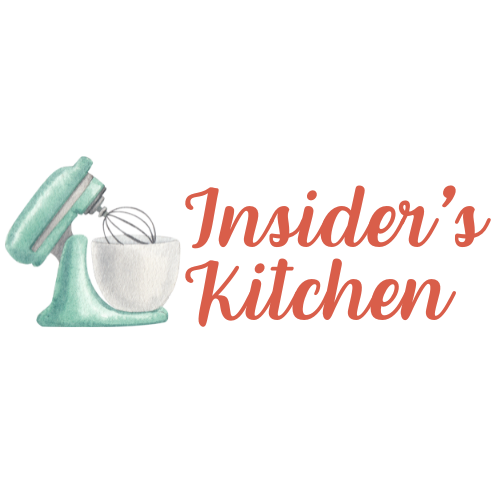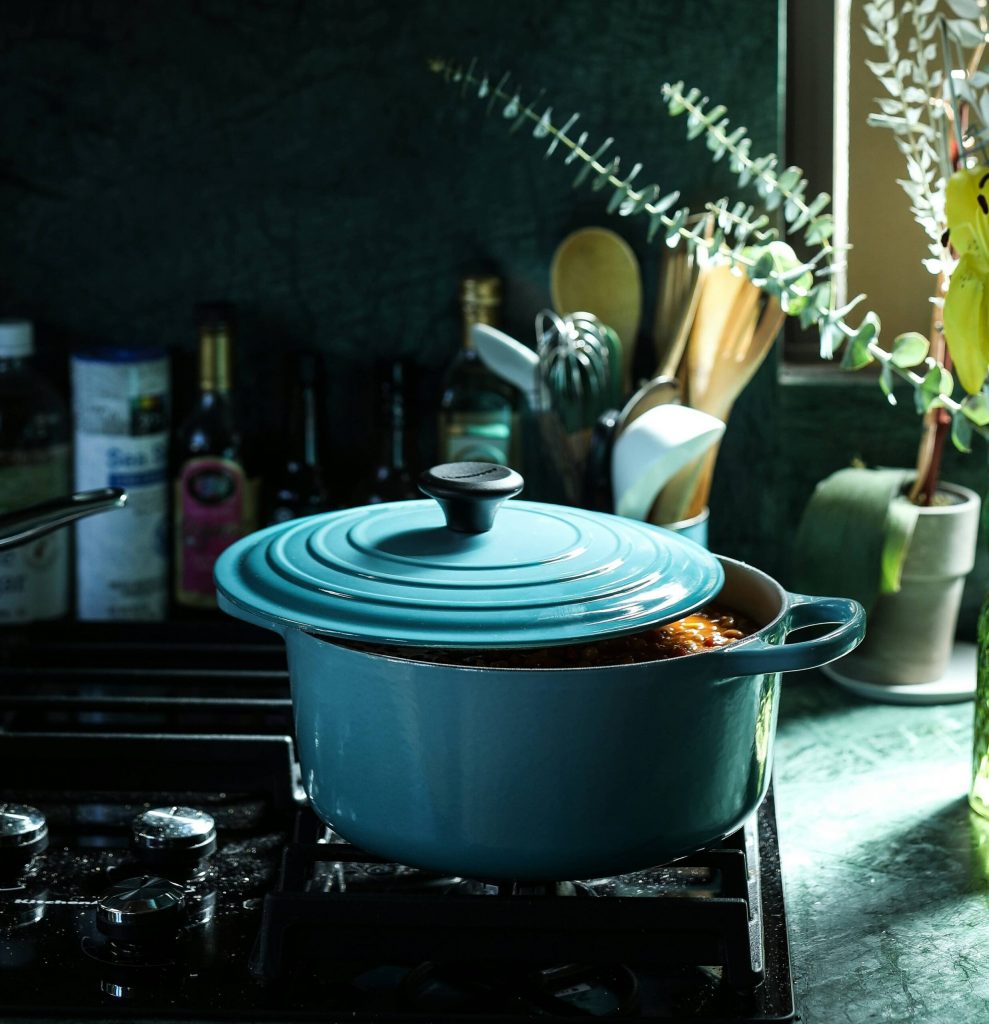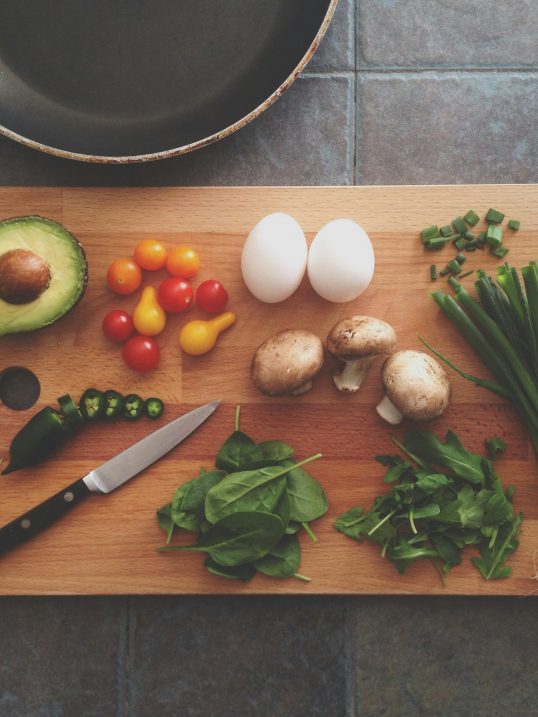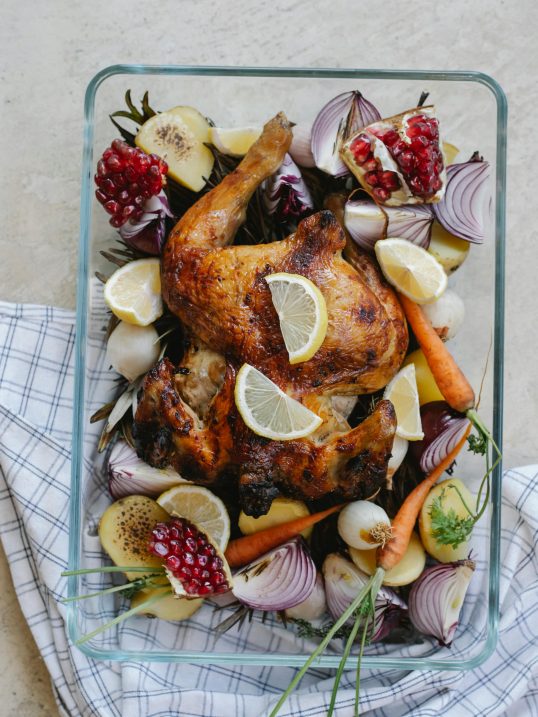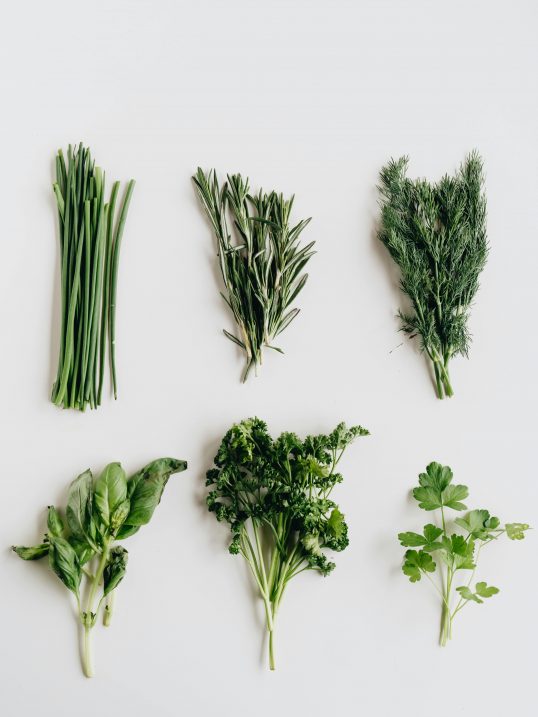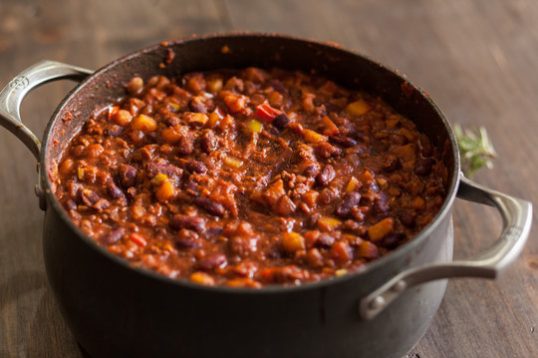If you own a Dutch oven, it’s likely a kitchen staple in your house.
A Dutch oven is one of the most versatile and durable pieces of cookware that is used to braise, roast, stew, and bake a variety of dishes on a stove, induction cooktop, or oven. It is also ideal for outdoor cooking owing to its tolerance for high temperatures.
Similar to a Dutch oven is the French oven. The two are often used interchangeably in recipes; however, they are not the same. The difference between them is not just their appearance but also the ingredients you can use in them and what you should or shouldn’t do to properly care for them.
If you’re debating on whether to buy a Dutch or French oven, it is essential to understand how they’re different before you invest in either one.
The History Behind French and Dutch Ovens
The origin of the Dutch oven goes back to the late 17th century when an Englishman named Abraham Darby discovered on a trip to the Netherlands that brass cookware could be molded in sand castings to yield a better finish. Back then, brass was commonly used to produce cookware.
Darby borrowed this innovation and set up a mill to manufacture brassware using sand castings. Eventually, cast iron replaced brass as a cheaper alternative, and the heavy, cast iron cooking pots came to be known as Dutch ovens.
The French oven, as we know it today, is a relatively recent invention, dating back to the early 1900s, when porcelain enameling technology of Belgian origin was introduced to the French makers of the already popular Dutch ovens, resulting in the creation of enameled Dutch ovens, or French ovens.
Construction and Material
Although both Dutch and French ovens are made from cast iron, the similarities pretty much end there. Let’s look at both types of cookware in some detail.
Dutch Oven
Dutch ovens are made from cast iron, making them durable and resistant to wear and tear. Each oven is manufactured by pouring cast iron into molds of compressed sand to set their shape. Once the desired shape is achieved, the mold is broken to release the final product. Each mold is generally used only once.
Dutch ovens generally come in round and oval shapes. Owing to their cast iron construction, these heavy-duty cookware can withstand high temperatures and are, therefore, suitable for outdoor cooking (campfires, anyone?).
Variations of the Dutch oven also appeared with legs to be placed over a fire and flat lids with ridges that could hold pieces of coal for an even distribution of heat from the bottom up.
With straight walls and a tight-filling lid that traps condensation, Dutch ovens lend themselves well to cooking methods where it is essential to retain moisture, e.g. braising, stewing, baking, etc. Using a Dutch oven, you can also start by making a recipe on a stove-top, such as searing meat or sauteing vegetables, before moving the dish to the oven to complete the cooking.
Although Dutch ovens are hardy, they must be properly seasoned to prevent food from sticking to the pot and protect it from rusting. Seasoning can be done by baking a thin layer of oil on the cookware. With proper use, seasoning can build up over time, creating a non-stick finish on the inside. If you have a used Dutch oven, you can avoid the seasoning process, as long as you care for them right.
Pre-seasoned Dutch ovens are easily available, allowing users to skip the seasoning process altogether.
Whether pre-seasoned or not, Dutch ovens must always be hand-washed with plain water. Using soap can strip the seasoning off of the cookware. For the same reason, dishwashers are a strict no. To remove any bits of stuck food, you can soak the pot in hot water followed by gentle scrubbing. You must always rub a little oil on the pot after drying it, to retain the seasoning. This is also applicable to pre-seasoned pots.
Raw Dutch ovens are available in camping stores, although they lack the exterior finish provided by well-known brands, such as Le Creuset or Staub, making them less suitable for induction cooktops or gas stoves.
French Oven
Similar to Dutch Ovens, French ovens are also made from cast iron. The difference is the addition of a porcelain enamel coating on the interior for improved stick resistance and the exterior for vibrant colors and a smooth finish.
Enameling is a process that fuses a fine layer of powdered glass onto a substrate, yielding a smooth, glossy finish. The technique was originally used to hold gemstones in place on a piece of metal and add color to metallic objects, such as jewelry or ceremonial items, and can be dated back to the 3rd millennium B.C.
As ancient as the practice of enameling was, it wasn’t until the early nineteenth century that this technique was to be used in cookware, specifically, the cast iron oven. This happened at the crossroads of France and Belgium, where French foundries adopted Belgian enameling practices and created the French oven, also called a cocotte.
French ovens start the same way as their Dutch counterparts – in a sand mold. The cast iron is then given a better finish by hand to enable an even coating of the enamel. While the interior of the oven is enameled in a cream color, the exterior is often coated with bright colors.
When compared to the Dutch oven, French ovens offer superior non-stick qualities. As such, they can be used straight from the box, without seasoning. French ovens demand much less time and effort in maintenance, as they can be safely placed in a dishwasher and need not be seasoned after use.
However, French ovens do not boast the high-temperature resistance offered by traditional cast iron ovens. Most brands advise not exceeding a temperature threshold of 500°F. Prolonged exposure to extremely high temperatures can result in discoloration of the enamel coating. Enameled ovens are therefore unsuitable for outdoor cooking.
Moreover, with French ovens, it is essential to baste the interior with oil or water to prevent thermal shock and chipping of the enameled surface. If you plan to bake in a French oven, it is also essential to replace the plastic knobs on its lid with stainless steel knobs. These are readily available in the market.
Recommended best practices for both types of ovens include preheating the cookware on a stovetop or oven with sufficient oil, butter, or liquid to cover the inner surface, allowing the pot to cool down before soaking in water, avoiding extremely high temperatures while cooking, and in case of Dutch ovens, skip the dishwasher and oil the pot after every use.
Cooking Performance
Generally speaking, cast iron ovens are ideal for low and slow cooking, in addition to using a variety of cooking methods for a single dish. However, there are slight differences between the two types. Let’s take a look at what they are.
Dutch Oven
Dutch ovens are superior at holding temperature. Due to their cast iron construction, Dutch ovens heat up uniformly, preventing any hot spots. The tight-fitting lid stops heat from escaping from the inside, while the trapped moisture keeps the dish flavorful and moist.
Dutch ovens are well suited to cook one-pot dishes such as soups, stews, and braises, and can even be used to brown meat before adding vegetables and either continuing the cooking on a low flame or moving the casserole to an oven.
However, not many know that the Dutch oven is perfect for baking bread as the trapped moisture provides a humid environment for the dough to rise more, resulting in improved loaf volume and a deeper crust color.
On the other hand, you should not use Dutch ovens for cooking recipes that call for acidic ingredients, such as tomatoes. This is because acids in foods react with cast iron, causing the seasoning to break down and imparting a metallic taste to cooked food.

Dual Handles – Oven Safe up to 500° F or on Stovetop – Use to Marinate, Cook, Bake, Refrigerate and Serve
French Oven
French ovens heat up similarly to Dutch ovens; however, their enamel coating makes them more sensitive to sudden temperature changes and extreme temperatures.
You can cook practically any dish in a French oven that you can make in a Dutch oven. Besides, acidic foods aren’t a problem with French ovens, owing to their enamel coating. Dishes such as slow-roasted lamb, braised brisket casserole, stews cooked with wine, clam chowder, roast chicken, and a variety of pasta recipes come together with extraordinary flavor in a French oven.
With French ovens, you must be careful to baste the inside of the pot with enough liquid to keep the enamel from chipping. When baking bread, remember to oil the inside of the pot for the same reason.
Keep in mind, that it is not a good idea to pop a cold French oven into a preheated oven or place a French oven halfway through a recipe into a cold oven for baking. Instead, you must cold-start both simultaneously or preheat the oven while you are cooking in a French oven on a stovetop. The aim is to eliminate drastic temperature fluctuations.
Price and Availability of Dutch and French Ovens
A Dutch oven is a major kitchen investment and one that is meant to be used long-term.
Dutch ovens (pre-seasoned or raw cast iron) are cheaper to acquire as compared to their enameled versions such as French ovens. While a pre-seasoned Dutch oven could cost you less than $100, French ovens from top brands fetch anywhere between $300 – $500.
You can purchase Dutch ovens from camping stores, branded outlets, or even online. French ovens can be purchased directly from retail outlets, brand websites, or e-commerce sites. If you are looking for ovens with a better finish, durability, or lifetime warranty, branded manufacturers are your best bet.
Which Is Better?
The choice between a Dutch oven and a French oven depends on how you intend to use either of them and the time and effort you are willing to invest in caring for them.
Seasoned Dutch ovens are suitable for cooking non-acidic foods; stovetop, oven, and outdoor cooking; require considerable care when washing (no dishwashers, strong detergents, or scourers); and must be wiped down with oil after each use.
Enameled ovens can go from stovetop to oven, be used with acidic ingredients, be cleaned in a dishwasher, and do not need to be oiled after use. However, basting the interior with liquids and avoiding drastic temperature changes is imperative to preserving the enamel coating. The enameled interior of French ovens is susceptible to discoloration and wearing with use.
Dutch ovens come in round and oval shapes, with the latter more suitable for searing large cuts of meat. Round ovens heat up uniformly on a stovetop, while oval-shaped ovens must be used in an oven for uniform cooking.
Insider’s Insight
While these tips should help you make an informed selection and get you started, the only way to determine which one works better for you is to actually use both for a variety of recipes and cooking techniques.
Before going all out and buying a brand new Dutch oven, you could check with your relatives or friends, maybe even borrow seasoned and enameled ovens, and give your favorite recipes a try. If that’s not an option, you could try out one of the camping store staples or purchase one from Amazon. They have Dutch ovens under the Amazon Basics line that are affordable and perform well.
Remember to follow the instructions and tips we shared for using the oven and you will be well on your way to making a smart purchase that’s well worth the investment! Happy cooking!
